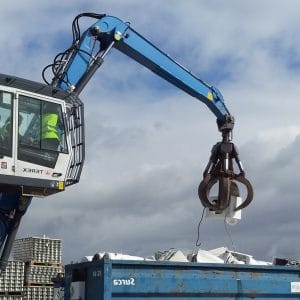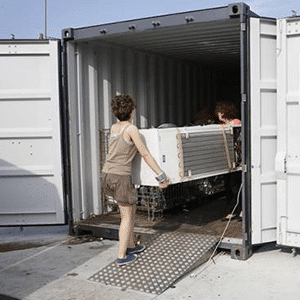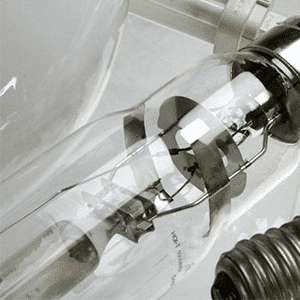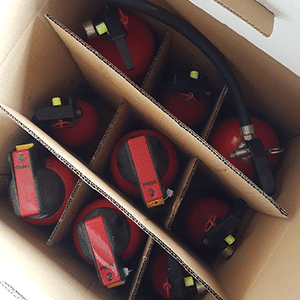Professional WEEE
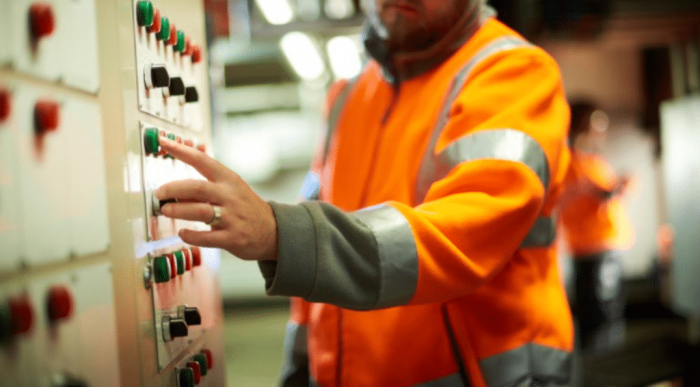
Breakdown of collection by source
Click on the + to discover the chart.
Tonnages collected per category
| CATEGORIES | 2019 TONNAGES |
| Car 1 - Heat exchange equipment | 2,117 |
| Cat. 4 – Large equipment | 18,984 |
| Cat. 5 – Small equipment | 18,354 |
Breakdown of collection for category 1
Click on the + to discover the chart.
Breakdown of collection for category 4
Click on the + to discover the chart.
Breakdown of collection for category 5
Click on the + to discover the chart.
Collection rate per category in %
Click on the + to discover the chart.
Those with WEEE
Those will WEEE collected 12,705 tonnes of professional WEEE from their 1,110 collection points in operation.
Waste management operators
Waste management operators collected 29,070 tonnes of professional WEEE from their 123 collection points in operation.
Professional retailers
Professional retailers collected 835 tonnes of professional WEEE from their 914 collection points in operation
Installers/Fitters
Installers/fitters collected 2,212 tonnes of professional WEEE from their 1,260 collection points in operation.
Waste recovered from the construction industry with DÉMOCLÈS
In France the construction industry produces 46 million tonnes of waste, the majority of which comes for demolition and refurbishment operations (42 million tonnes).
A construction waste traceability model in France: a study headed by DÉMOCLÈS in 2019
Although the French law Against Waste and on the Circular Economy was promulgated and specifies expectations in terms of waste from a building work site, it is worthwhile looking back at how DEMOCLES participated in this work that put traceability at the heart of the debate.
Applying the Démoclès recommendations in the field with TREE-E
Consequently, the TREE-E solution convention was established to answer the questions posed by construction companies and to provide practical solutions in applying the Démoclès recommendations. This involves identifying waste, evaluating the recovery rate, adapting containers and logistics, providing proof-of-recovery notes and carrying out selective disposal without forgetting traceability.
Through the three-party TREE-E convention, signed in 2018 with ATD Démolition and Valdélia, ecosystem would like to improve the understanding of WEEE in the construction industry, carry out a baseline inventory of WEEE waste management at demolition and renovation work sites and make tools and recommendations available to stakeholders fostering WEEE collection and recovery.
An assessment table to aid in identifying WEEE and FW (furniture waste) at work sites was tested at 20 work sites in 2019. 490 types of equipment are listed under 90 categories and sub categories. We learnt from this tool that the majority of WEEE at work sites has value and, for the most part,is professional WEEE.
These works have demonstrated the central place that traceability holds for ecosystem to be able to harness sources and stakeholders, in particular works companies and metal recyclers, to be incited to organise themselves differently for waste stream monitoring purposes.

